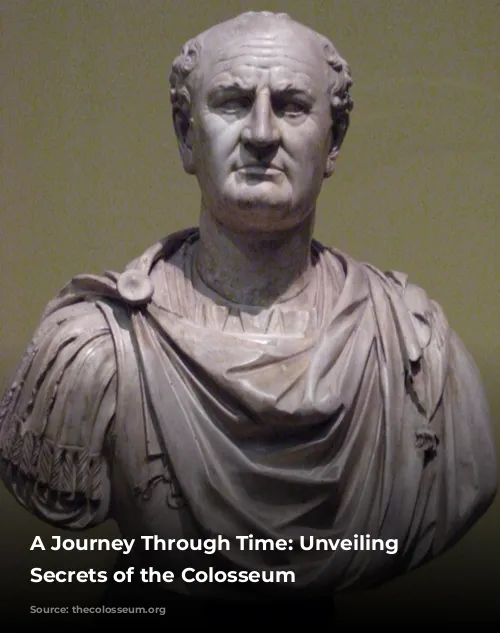The Colosseum, a majestic monument standing tall in the heart of Rome, whispers tales of a bygone era. Nearly 2,000 years of history are etched into its very fabric, a testament to the grandeur and brutality of the Roman Empire. From the bloodthirsty spectacle of gladiatorial combats to the thrill of hunts pitting man against beast, the arena witnessed it all.
Let’s embark on a journey through time, unraveling the fascinating facts that make the Colosseum a timeless treasure.
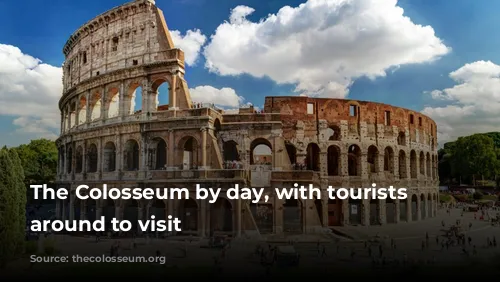
From Humble Beginnings to a Majestic Arena
The Colosseum’s construction began in 72 AD under the reign of Emperor Vespasian, marking the beginning of a monumental project. Sadly, Vespasian did not live to witness its completion. His sons, Titus and Domitian, took the reins, ensuring the arena’s grand opening in 80 AD. The Colosseum’s very foundation was built by Jewish slaves, their forced labor a stark reminder of the Roman Empire’s power. It’s estimated that between 60,000 and 100,000 individuals toiled tirelessly, their hands shaping the Colosseum’s destiny.
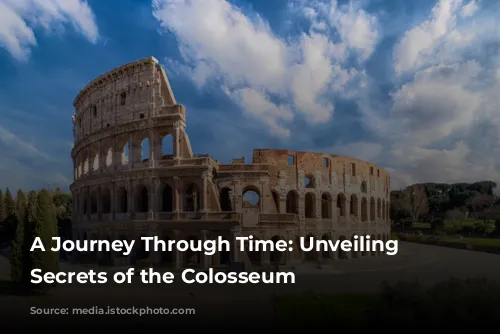
A Symbol of Roman Might
The Colosseum was not merely a venue for entertainment; it was a symbol of Roman power, an expression of their might and dominance. It rose from the ashes of Nero’s lavish palace, a monument to the people of Rome rather than a single ruler. The Domus Aurea, Nero’s opulent residence, was demolished to make way for the Colosseum, signifying a shift in power and a desire to connect with the Roman populace.
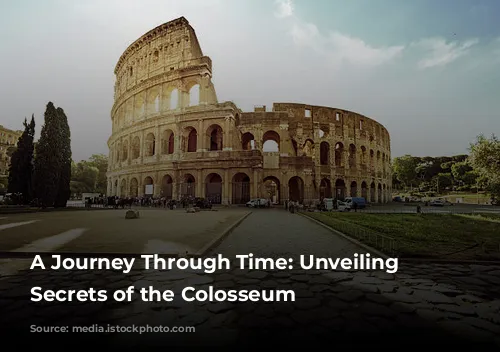
A Name Steeped in History
The Colosseum, originally known as the Flavian Amphitheater, was named after the Flavian dynasty, the emperors who oversaw its construction. The name “Colosseum” likely originated from the colossal bronze statue of Emperor Nero that once stood nearby, a statue modeled after the Colossus of Rhodes. The name itself evokes a sense of grandeur and scale, reflecting the Colosseum’s imposing presence.
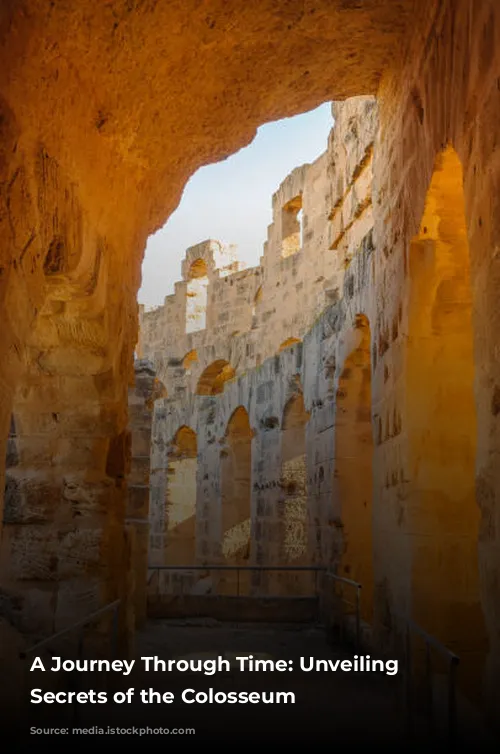
A Colossus of Stone
189 meters long, 156 meters wide, and 48.5 meters tall, the Colosseum is a giant of stone, encompassing six acres. Its oval shape allows for maximum spectator capacity. The three tiers of columns encircling the arena are a spectacle in themselves, showcasing Doric, Ionic, and Corinthian architectural styles. The 80 arches that adorn the Colosseum served as navigational guides for the masses, each numbered in Roman numerals. Although only 31 arches remain intact, they offer a glimpse into the arena’s original splendor.
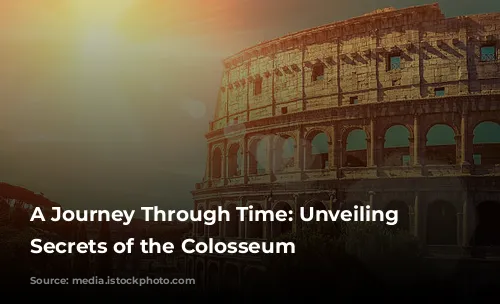
The Colosseum’s Hidden Depths
The Colosseum’s grandeur extends beneath the surface. The Hypogeum, a labyrinth of tunnels and chambers, served as a hidden world where gladiators, animals, and prisoners awaited their fate. Vertical shafts connected the Hypogeum to the arena, allowing for the swift movement of performers and beasts. Traps and mechanisms were cleverly concealed, enabling dramatic entrances and the creation of spectacular scenes.

A Sea of Spectators
The Colosseum was designed to accommodate an astounding number of spectators, with estimates ranging from 50,000 to 80,000. The sheer scale of this gathering place highlights the importance of public spectacles in Roman society.
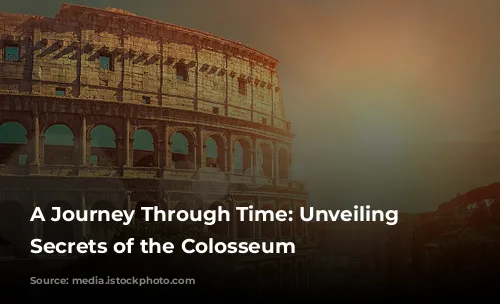
A Legacy of Blood and Spectacle
The Colosseum’s history is inextricably linked to blood and spectacle. While it’s impossible to determine the precise number of lives lost within its walls, it’s estimated that hundreds of thousands perished during the arena’s active years. Gladiators, slaves, criminals, and prisoners all met their fate within the Colosseum’s walls, victims of the Roman Empire’s obsession with entertainment. Lions, tigers, elephants, and a myriad of other animals, some hunted, others used as executioners, graced the Colosseum’s arena.
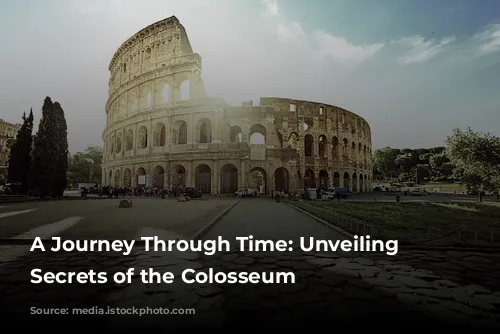
The Rise and Fall of Gladiator Combat
Gladiator combats were the most common spectacle, though hunts, executions, and even staged naval battles were also part of the Colosseum’s repertoire. Contrary to popular belief, gladiator fights weren’t simply barbaric free-for-alls. They were organized events, governed by rules and overseen by officials. Gladiators were classified by their fighting styles and experience, and their matches were carefully orchestrated. While death was a constant possibility, many gladiators enjoyed long careers, becoming celebrated figures.

A Christian Connection?
The Colosseum is often associated with Christian martyrs. While many lost their lives within its walls, there’s no definitive historical evidence to directly link specific Christian martyrdoms to the Colosseum.
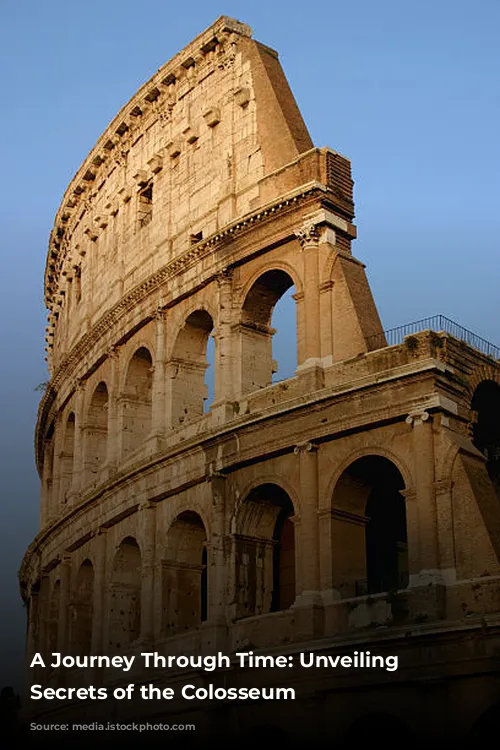
The Legend of Commodus
Commodus, a real Roman Emperor known for his love of gladiatorial combat, played a role in the Colosseum’s history. He would occasionally enter the arena himself, but often against weaker opponents, gaining notoriety for his sadistic tendencies. While the movie “Gladiator” depicts his death in the arena, the historical account suggests his demise came about through other means.
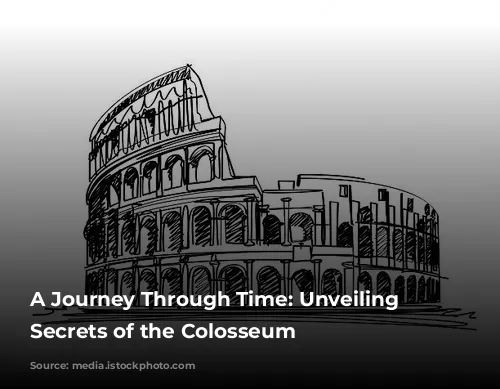
The End of an Era
The last recorded gladiator battles took place in 435 AD. The Colosseum continued to host hunts for another century before finally falling silent. Cost was the primary reason for the demise of gladiator fights. The Roman Empire was in decline, and the resources needed to maintain the Colosseum and provide entertainment for the masses were scarce.

A Monument of Resilience
The Colosseum has faced numerous fires and earthquakes, which have scarred its structure and left their mark on its history. Repairs and reconstructions have been undertaken throughout the centuries, ensuring the arena’s survival.
A Legacy of Change
After its glory days as an arena, the Colosseum witnessed various transformations. It served as a cemetery, a place of worship, housing for the poor, workshops, a home for religious orders, a fortified castle, and, finally, a tourist attraction. The Colosseum’s story is one of constant change, its purpose evolving alongside the city of Rome.
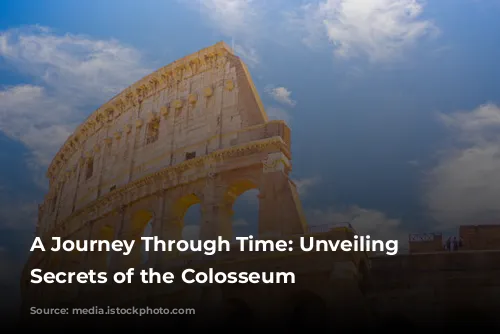
A Timeless Icon
The Colosseum remains one of the most visited landmarks in the world, welcoming over 7 million visitors annually. Its enduring appeal lies in its captivating history, its majestic architecture, and its timeless symbolism. The Colosseum is not just a monument of stone, but a testament to the spirit of Rome, a reminder of the empire’s grandeur and the enduring power of human stories.
